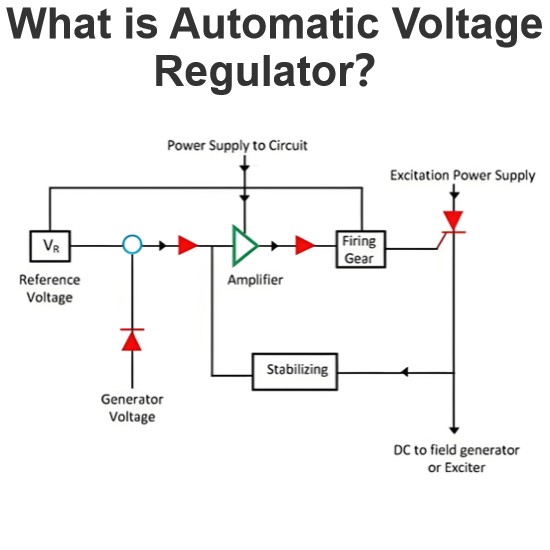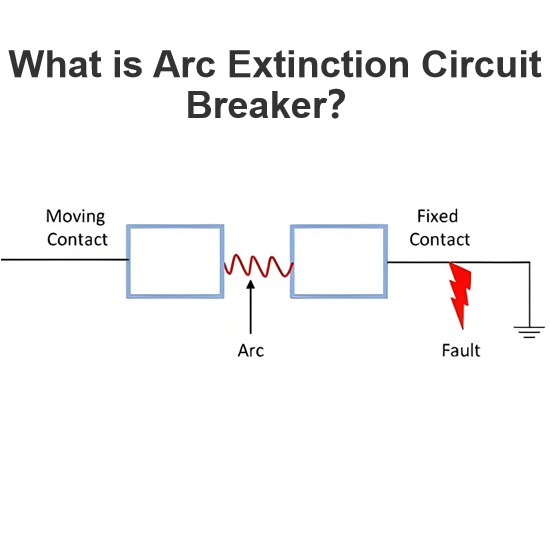Hot Wire Instrument
Definition
A hot - wire instrument is defined as a type of measuring device that utilizes the heating effect of an electric current to determine the magnitude of that current. Its operation is based on the principle that when an electric current passes through a wire, the heat generated causes the wire to expand, increasing its length. This versatile instrument is capable of measuring both alternating current (AC) and direct current (DC), making it a valuable tool in various electrical applications.
Construction of the Hot - Wire Instrument
The construction of a hot - wire instrument is illustrated in the figure below. At the core of its operation, the current whose magnitude needs to be measured is passed through a platinum - iridium wire. This wire is a critical component due to its high melting point and good electrical conductivity, which ensure reliable performance under the heating effect of the current. The hot - wire instrument typically employs a two - wire configuration

Construction of the Hot - Wire Instrument
One wire is firmly attached between two terminals, while the second wire is connected between the first wire and a third terminal, as depicted in the figure above. A thread is routed over a pulley and then attached to a spring. This spring exerts a force that keeps the platinum - iridium wire under tension, maintaining its initial state.
Working Principle of Hot - Wire Instruments
When an electric current flows through the platinum - iridium wire, the wire heats up due to the Joule heating effect and subsequently expands. As the wire heats, its sag increases. However, the wire returns to its original position with the assistance of the spring. The alternating expansion and contraction of the wire cause the pulley to rotate, which in turn deflects the pointer on the instrument's display. Notably, the extent of the wire's expansion is directly proportional to the square of the root - mean - square (RMS) value of the current passing through it, enabling accurate current measurement.
Advantages of the Hot - Wire Instrument
The hot - wire instrument offers several notable benefits:
Versatile Measurement Capability: It can be used for measuring both alternating current (AC) and direct current (DC), making it suitable for a wide range of electrical applications.
Calibration Consistency: As a transfer - type instrument, its calibration remains the same for both AC and DC measurements. This simplifies the calibration process and ensures reliable and consistent results across different current types.
Magnetic Field Immunity: The hot - wire instrument is immune to stray magnetic fields. This characteristic allows it to provide accurate measurements even in environments with significant electromagnetic interference.
Simple and Cost - Effective Design: Its construction is relatively straightforward and inexpensive, making it an accessible option for various users, from hobbyists to professionals on a budget.
Disadvantages of the Hot - Wire Instrument
Despite its advantages, the hot - wire instrument has several limitations:
Slow Response Time: One of its primary drawbacks is its slow response. The time required for the wire to heat up, expand, and for the pointer to deflect means that it may not be suitable for applications requiring rapid measurement of changing current values.
Instability Due to Wire Stretch: Over time, the repeated heating and cooling cycles can cause the wire to stretch, leading to instability in the instrument's readings. This stretching can gradually affect the accuracy of the measurements and require frequent calibration or replacement of the wire.
High Power Consumption: The hot - wire instrument consumes a relatively large amount of power compared to some other types of measuring instruments. This higher power usage can be a concern, especially in applications where power efficiency is crucial.
Susceptibility to Overload and Mechanical Shock: It lacks the ability to withstand overload conditions and mechanical shocks well. Even a brief exposure to excessive current or a sudden jolt can damage the delicate wire and other components, rendering the instrument inoperable or inaccurate.
Due to these aforementioned disadvantages, hot - wire instruments have largely been supplanted by more advanced thermoelectric instruments in many modern applications.
The Electricity Encyclopedia is dedicated to accelerating the dissemination and application of electricity knowledge and adding impetus to the development and innovation of the electricity industry.













